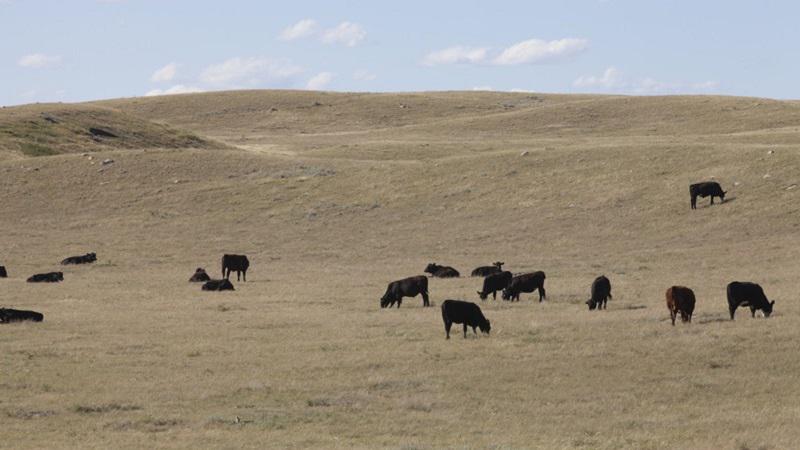
Low yield appraisal changes encourages poor Saskatchewan crops to be used as feed
Saskatchewan Crop Insurance Corporation (SCIC) is implementing changes that will allow additional acres of low yielding cereal and pulse crops to be diverted to feed.
When crops are severely damaged and the appraised yield falls below an established threshold level, the yield is reduced to zero for the Crop Insurance claim.
In response to the feed shortage this year, SCIC is doubling the low yield appraisal threshold values allowing customers to salvage their cereal or pulse crops as feed, without negatively impacting future individual coverage.
Saskatchewan Agriculture Minister David Marit said the incentive allows crop producers to make timely decisions to make additional feed available to graze, bale, or silage.


